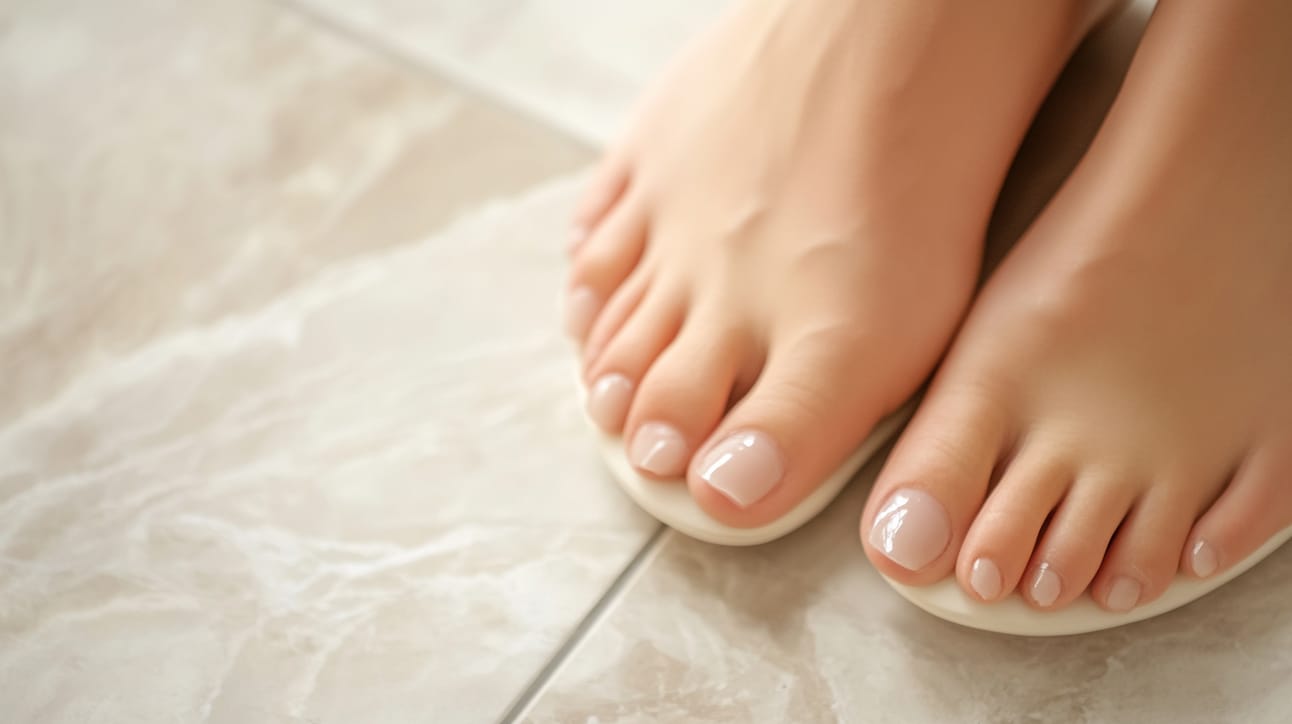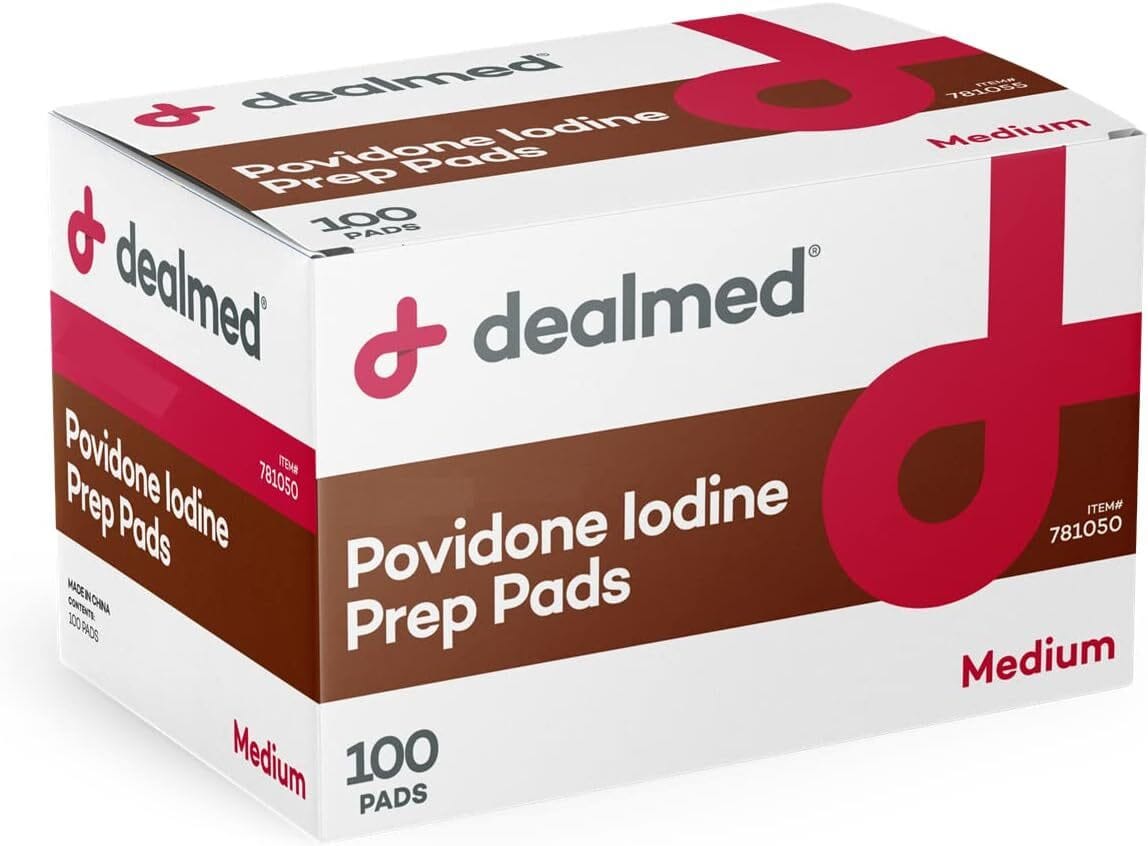- 40-something
- Posts
- Nail the cure: How to beat toenail fungus through nutrition
Nail the cure: How to beat toenail fungus through nutrition
Understanding the symptoms, causes, and natural treatment of onychomycosis.

Toenail fungus, also known as onychomycosis, may seem like a minor issue at first, but without proper treatment, it can cause permanent (and embarrassing!) damage to the nails. The infection typically starts as a small, white or yellow spot under the nail, but as it progresses, it may spread deeper into the nail, causing discolouration, thickening of the nail, brittleness, distortion of the nail shape, foul odour, and even pain and discomfort particularly when wearing shoes or walking.
While toenail fungus is primarily caused by exposure to fungi, a healthy diet can strengthen the immune system, improve overall skin and nail health, and reduce the likelihood of fungal infections.

Causes and treatment of toenail fungus
Toenail fungus is caused by various types of fungi, including dermatophytes, yeast, and moulds. These microorganisms thrive in warm, moist environments, making toenails especially vulnerable. Several factors can increase the risk of developing toenail fungus, such as poor hygiene, tight footwear, trauma to the nail, and even diabetes.
Since toenail fungus is usually stubborn and difficult to treat, early and consistent intervention can help prevent the infection from spreading and worsening. You can try laser therapy, topical ointments, and oral anti-fungal medications. However, a visit to a podiatrist will help figure out the best course of action for your particular case.
Affordable and effective home remedies to try
I’m one of those people who generally prefers to stay out of doctors’ rooms and persist with home remedies to manage all conditions, even nail infections. If you’re like me, here are a few options to incorporate into your home treatment regime:
Tea tree oil
Vinegar soaks
Vicks VapoRub
And… my favourite: plain old iodine (so long as you’re not allergic)
Simply use a cotton swab to apply a small amount of iodine (like povidone-iodine) directly to the affected nail and surrounding skin. Be sure to cover the entire nail and under the nail bed if possible. Buy iodine pads
How nutrition and diet affect toenail fungus
If one or more of your toenails has fallen victim to an infection, that’s a clue that something is not quite right with your diet, which in turn has resulted in a weakened immune system or other condition that made it possible for the fungus to thrive.
With that in mind, through nutrition, you can boost your body’s defences and beat the infection from within. Remember, proper nutrition is essential for strong, healthy nails which will be less prone to damage and infection.
Here’s what you can do:
1. Boost immune function
Vitamin C: This powerful antioxidant helps the immune system fight infections and speeds up the healing process. Found in: Citrus fruits (oranges, lemons), strawberries, bell peppers, broccoli.
Zinc: Supports immune function and promotes wound healing. Found in: Pumpkin seeds, nuts, legumes, shellfish.
Vitamin E: Antioxidant that supports the immune system and helps protect skin and nails from damage. Found in: Almonds, sunflower seeds, spinach, avocados.
Probiotics: Beneficial bacteria found in certain foods and supplements can help maintain a healthy balance of microorganisms in the body, reducing the risk of fungal overgrowth. Found in: Yogurt, kefir, sauerkraut, kombucha.
2. Improve nail and skin health
Biotin (Vitamin B7): Strengthens nails, making them more resistant to fungal infections. Found in: Eggs, nuts, seeds, sweet potatoes.
Omega-3 fatty acids: Reduces inflammation and improves circulation, which can promote nail growth and keep the skin around the nails healthy. Found in: Fatty fish (salmon, mackerel), flaxseeds, walnuts.
Iron: A deficiency can lead to brittle nails, which are more susceptible to fungal infections. Found in: Red meat, lentils, spinach, quinoa.
Protein: Nails are made of keratin, a type of protein. Eating adequate protein supports nail strength and growth. Found in: Lean meats, poultry, fish, beans, tofu.
3. Control blood sugar levels
People with diabetes or high blood sugar levels are at a higher risk for developing toenail fungus. Elevated blood sugar weakens the immune system and provides an ideal environment for fungal growth. A balanced diet that helps regulate blood sugar is important in preventing toenail fungus:
Low-glycemic foods: Foods that prevent blood sugar spikes include whole grains, vegetables, legumes, and lean proteins.
Fibre: Slows the absorption of sugar, keeping blood sugar levels stable. Found in: Fruits, vegetables, whole grains, and beans.
4. Reduce inflammation
A diet high in processed foods, sugar, and unhealthy fats promotes inflammation, which weakens the immune system and makes it harder for the body to fight off infections.
Increase your intake of anti-inflammatory foods such as leafy greens, berries, nuts, seeds, fatty fish (rich in omega-3), and olive oil.
Avoid pro-inflammatory foods such as seed oils, sugary drinks, and refined carbohydrates.
5. Stay hydrated
Dehydration can lead to dry, brittle nails that are more prone to damage and infection. Drinking enough water helps keep the nails and surrounding skin moisturised and resilient.
There you have it; a healthy diet can keep the podiatrist away. The great thing, though, is that the benefits to proper nutrition don’t stop at your feet. Whether your other concerns are related to weight, gut or brain health, or hormonal balance, your entire system will strengthen and be less prone to infection and inflammation. Stay consistent and you’ll have sandal-worthy toes (and a body to match).
Put your best foot forward 😃
Umayya
